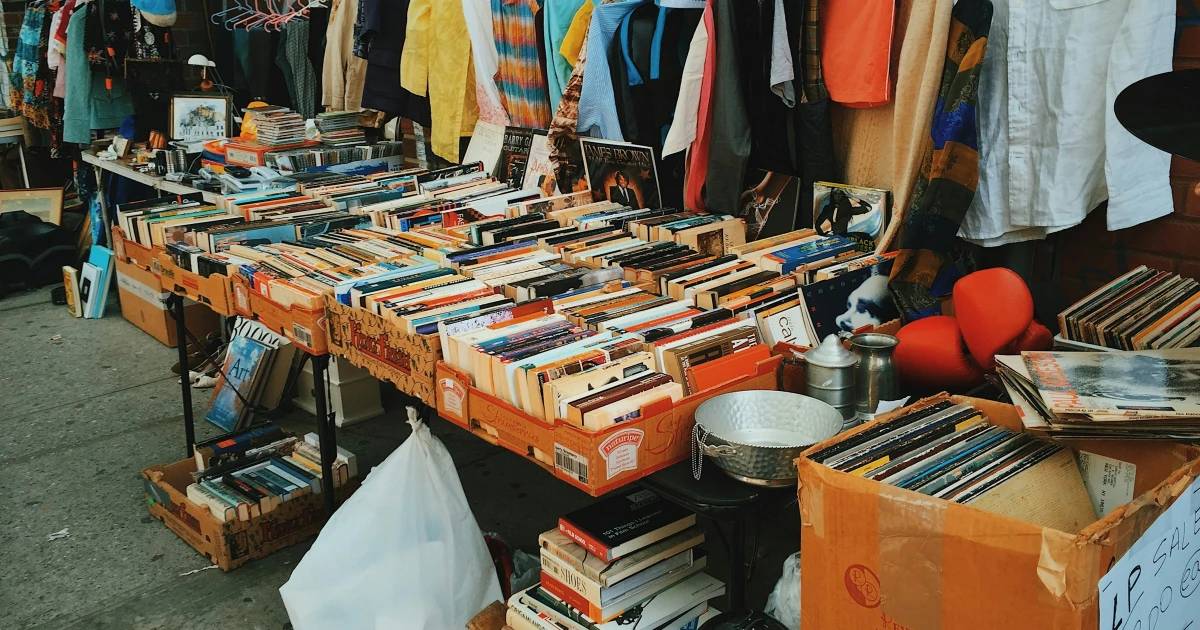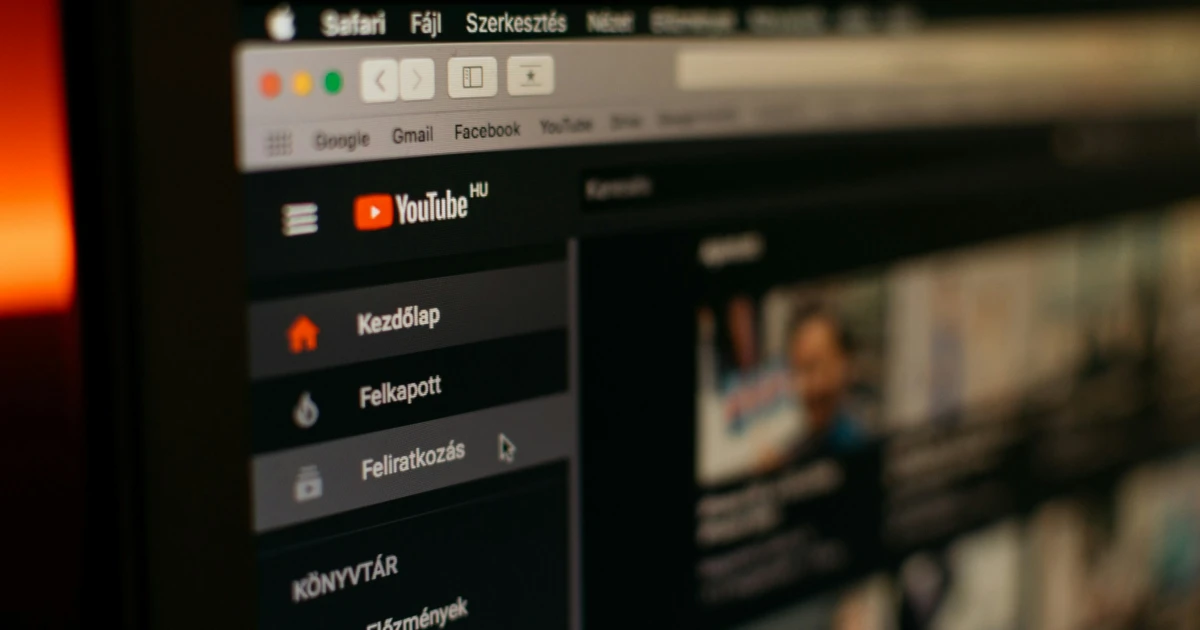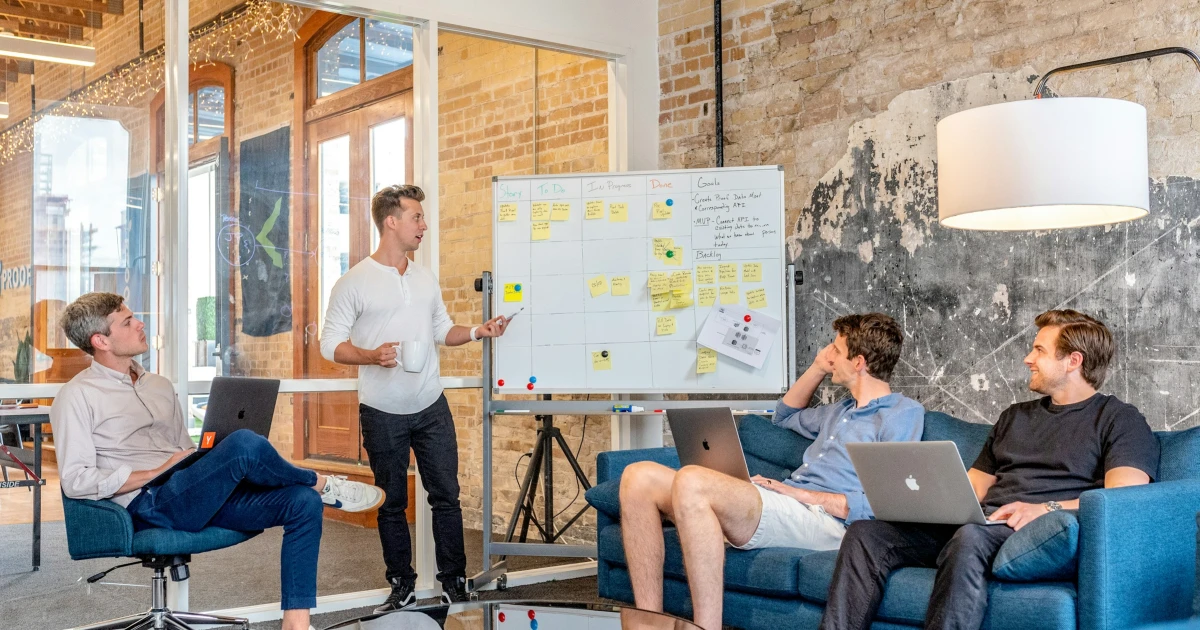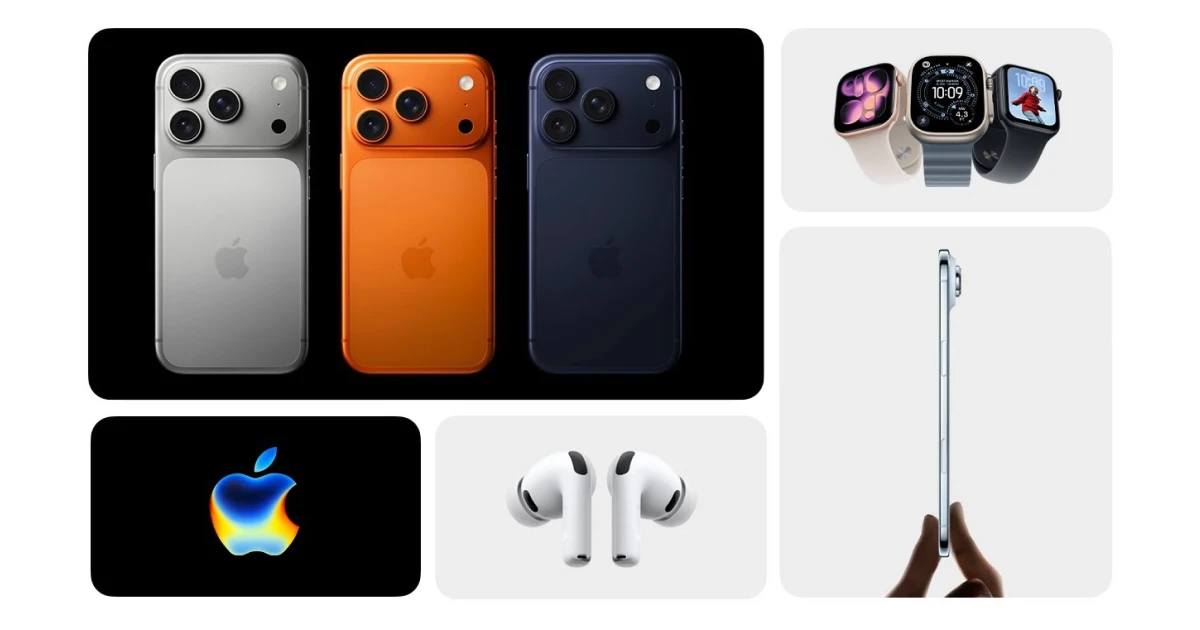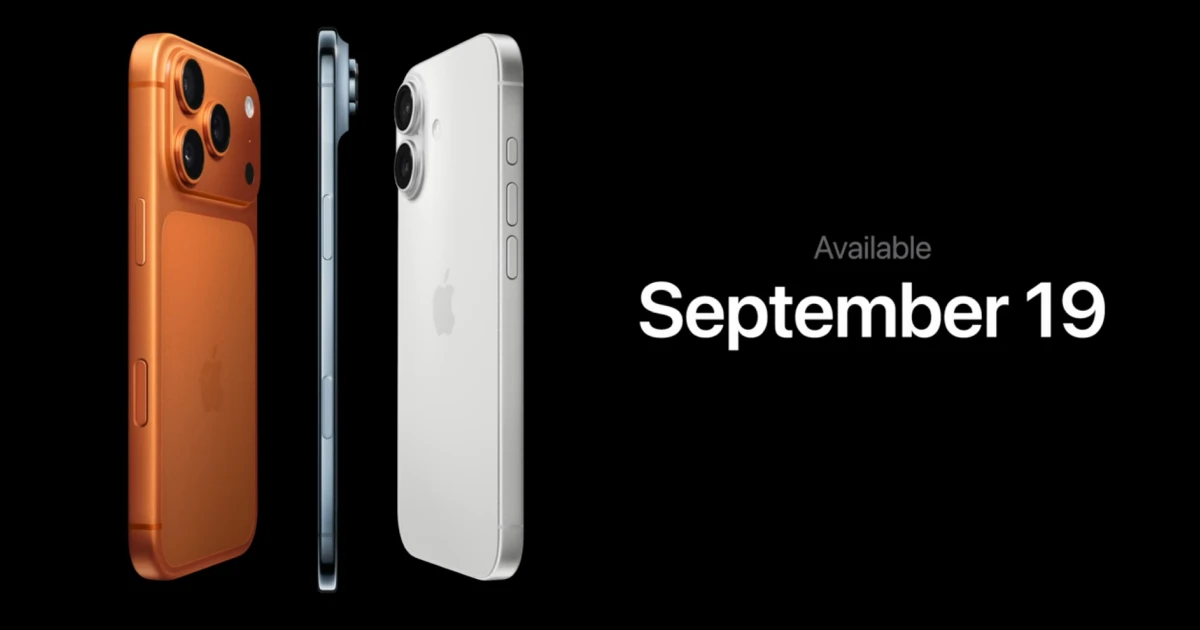This also includes one of the platform’s most notorious designers, Gleb Kuznetsov, founder of the San Francisco-based design studio Milkinside.
Due to violations of the new terms and conditions of the platform, his account with over 210 million followers was deleted as he was sharing contact information with prospective clients through his Dribbble account.
In a X post made by Kuznetsov, he mentioned, “I brought 100,000+ monthly users. 15 years of work. 12,000+ shots. All instantly deleted, because a client asked for my email. One warning. No appeal.”.
Tired of the changes that the company has been adding to the platform, Kuznestov decided it’s time for him to talk with investors and launch a competitor platform.
Not long after his social media post was made, Dribbble users expressed their shock and anger over Dribbble’s decision to delete his account, crediting Kuznetsov as being one of their biggest inspirations.
On the other hand, Dribbble says that he was warned multiple times that he was violating the platform’s new rules and conditions, and that the email was the final notice. This has to do with more recent policy changes, which were first announced on March 17, 2025.
Subscribe to our newsletter
In the email shared in March with Dribbble’s designers, 750,000 designers approved, mentioning that designers are no longer allowed to share their contact information with prospective clients until after the client sends payment through their platform.
To motivate this change, Dribbble said that the change was made in order to sustain and help designers stay away from the non-payment history, as well as that allow Dribbble to continue to sustain their business.
This announcement was made official and also posted on the company blog and social media.
dribbble.com
On the other hand, Kuznestov says that non-payment is not such a common problem, and that with this update, Dribbble tries to take a larger cut of the designer’s business.
Before this policy was added, Dribble made money in another way. Starting in September 2024, the design platform began pivoting to a marketplace that connected designers and clients. Designers could communicate freely on the platform and then either share a 3.5% revenue cut to clients theory converted or they had the option of paying a Pro subscription to skip rev share. In March, the company added more restrictions, saying that anyone finding clients on Dribbble would need to offer the platform a cut of their revenue.
In an interview for TechCrunch, Dribbble CEO Constantine Anastasakis explained It went from it was optional to use our transactional features to it was required for non-advertisers to use our transactional features, if they were on Dribbble, to find clients,” adding that “If a user is on Dribbble to find inspiration or to get feedback on their work, or to talk shop with their peers, none of this affects them,”
Kuznestov told TechCrunch, “Dribbble was something that really accelerated our business dramatically back in the day”. Before Dribbble, there wasn’t any other platform that helped designers showcase their work and find potential clients.
Anastasakis told TechCrunch that Kuznestov received 83 world inquiries since the new terms rolled out in March and responded to 61. More so, in each of those messages, the warning from the website was visible, letting users know that sharing private information before payment is against the rules. However, Kuznetsov shared his contact information in six messages, which would have also triggered stringer messages.
Dribbble then followed up with a warning email on July 22 about his repeated terms-of-service violations, which let him know that he risked permanent suspension.
He also told TechCrunch that he did not see the email; however, Dribbble said that it was marked as opened three times before his suspension. Kuznetsov said, “I believe that Dribbble, it was their goal to hurt me so I can spread that [news] so they can give a harsh lesson to everyone who tries [to break the rules],”.
Anastasakis also reported back to TechCrunch, saying, “There’s really no conceivable way in which he did not realize that what he was doing risked permanent suspension of his accounts.”
“I think that ultimately it was that he believed that we wouldn’t take action against a designer of his caliber,” he added. “As a side note, I actually think that he’s done us a big favor as far as getting the word out about how seriously we take the terms.”.
The only way to get back on the platform is by joining an advertiser program, which requires a $1,500 per month budget for a minimum of 3 months.
As a response, Kuznetsov decided to launch a new startup that “It’s not going to be a copycat of Dribbble”.
“It’s a big hole right now in the market … Everybody’s doing AI startups, but nobody’s really doing AI startups for designers,” Kuznetsov says. “AI is something that really can elevate our ability to create, and make it on a much higher level of quality. It’s going to help us to not only earn more money and grow, but also create something we never even thought was possible to create without a specific skill set.”
Not long after his social media post was made, Dribbble users expressed their shock and anger over Dribbble’s decision to delete his account, crediting Kuznetsov as being one of their biggest inspirations.
On the other hand, Dribbble says that he was warned multiple times that he was violating the platform’s new rules and conditions, and that the email was the final notice. This has to do with more recent policy changes, which were first announced on March 17, 2025.
Subscribe to our newsletter
In the email shared in March with Dribbble’s designers, 750,000 designers approved, mentioning that designers are no longer allowed to share their contact information with prospective clients until after the client sends payment through their platform.
To motivate this change, Dribbble said that the change was made in order to sustain and help designers stay away from the non-payment history, as well as that allow Dribbble to continue to sustain their business.
This announcement was made official and also posted on the company blog and social media.
dribbble.com
On the other hand, Kuznestov says that non-payment is not such a common problem, and that with this update, Dribbble tries to take a larger cut of the designer’s business.
Before this policy was added, Dribble made money in another way. Starting in September 2024, the design platform began pivoting to a marketplace that connected designers and clients. Designers could communicate freely on the platform and then either share a 3.5% revenue cut to clients theory converted or they had the option of paying a Pro subscription to skip rev share. In March, the company added more restrictions, saying that anyone finding clients on Dribbble would need to offer the platform a cut of their revenue.
In an interview for TechCrunch, Dribbble CEO Constantine Anastasakis explained It went from it was optional to use our transactional features to it was required for non-advertisers to use our transactional features, if they were on Dribbble, to find clients,” adding that “If a user is on Dribbble to find inspiration or to get feedback on their work, or to talk shop with their peers, none of this affects them,”
Kuznestov told TechCrunch, “Dribbble was something that really accelerated our business dramatically back in the day”. Before Dribbble, there wasn’t any other platform that helped designers showcase their work and find potential clients.
Anastasakis told TechCrunch that Kuznestov received 83 world inquiries since the new terms rolled out in March and responded to 61. More so, in each of those messages, the warning from the website was visible, letting users know that sharing private information before payment is against the rules. However, Kuznetsov shared his contact information in six messages, which would have also triggered stringer messages.
Dribbble then followed up with a warning email on July 22 about his repeated terms-of-service violations, which let him know that he risked permanent suspension.
He also told TechCrunch that he did not see the email; however, Dribbble said that it was marked as opened three times before his suspension. Kuznetsov said, “I believe that Dribbble, it was their goal to hurt me so I can spread that [news] so they can give a harsh lesson to everyone who tries [to break the rules],”.
Anastasakis also reported back to TechCrunch, saying, “There’s really no conceivable way in which he did not realize that what he was doing risked permanent suspension of his accounts.”
“I think that ultimately it was that he believed that we wouldn’t take action against a designer of his caliber,” he added. “As a side note, I actually think that he’s done us a big favor as far as getting the word out about how seriously we take the terms.”.
The only way to get back on the platform is by joining an advertiser program, which requires a $1,500 per month budget for a minimum of 3 months.
As a response, Kuznetsov decided to launch a new startup that “It’s not going to be a copycat of Dribbble”.
“It’s a big hole right now in the market … Everybody’s doing AI startups, but nobody’s really doing AI startups for designers,” Kuznetsov says. “AI is something that really can elevate our ability to create, and make it on a much higher level of quality. It’s going to help us to not only earn more money and grow, but also create something we never even thought was possible to create without a specific skill set.”




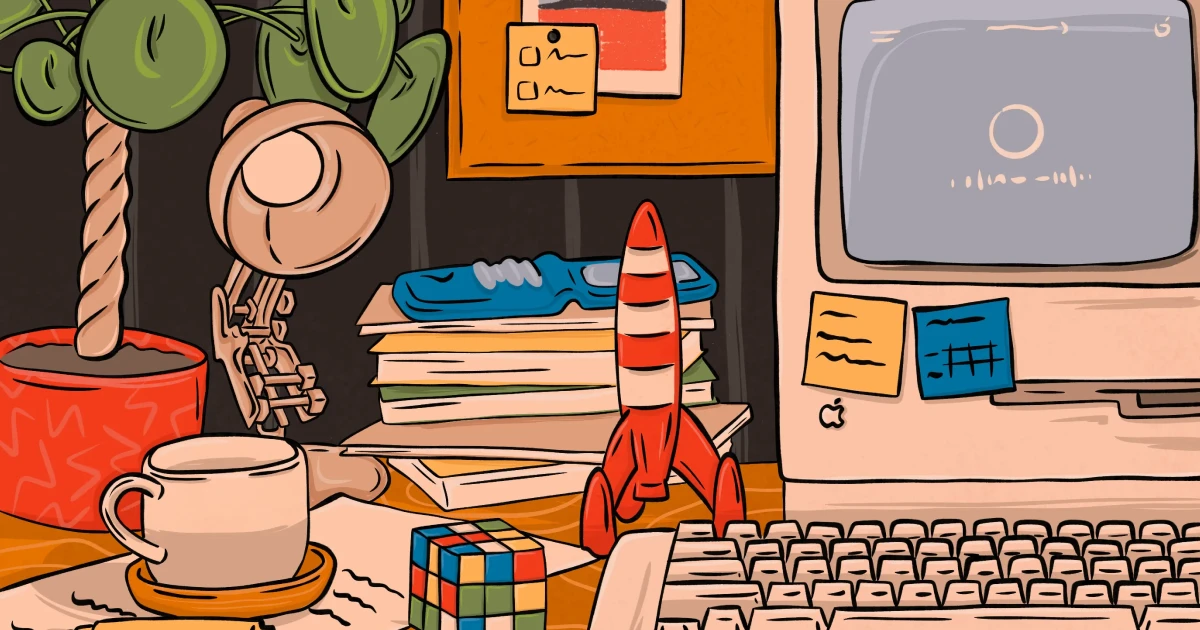

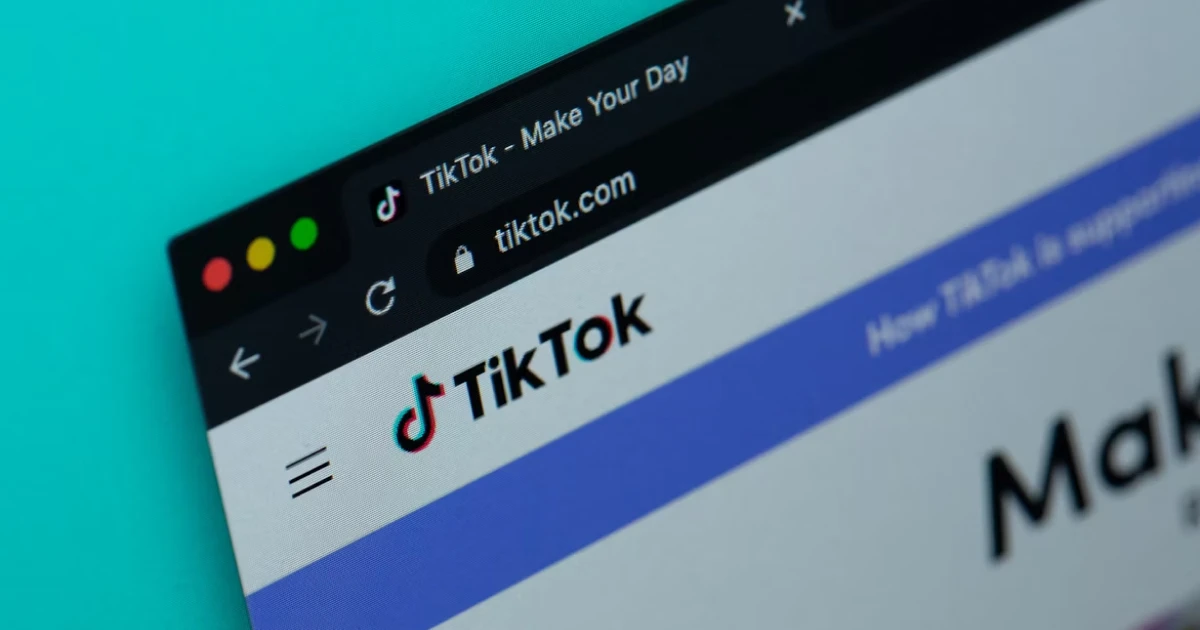
.webp)


